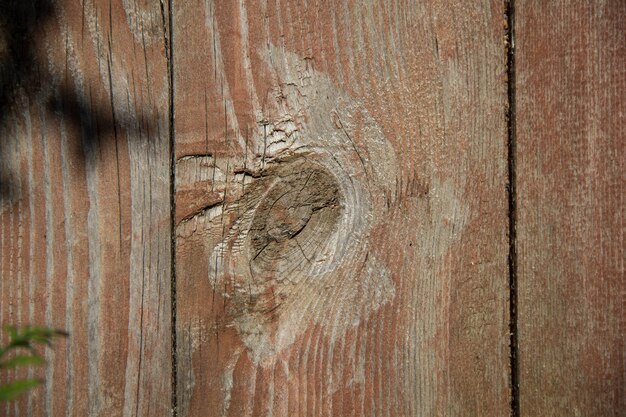How to Spot Cedar Shake Roofing from Your Attic: Practical Tips You Need to Know
There's a certain elegance and rustic charm that comes with having cedar shake roofing. However, if you're in your attic trying to identify your roof materials, distinguishing cedar shake from other types can sometimes be tricky. Whether you're conducting a home inspection or simply curious about your home’s construction, start by checking these key features to accurately identify cedar shake.
Know What You're Looking For
Cedar shake roofs are typically made from split logs of cedar wood, giving them a rough, uneven surface. In contrast to more uniform shingles, shake materials appear less processed and have a more natural aesthetic. But when you’re searching from inside your attic, what exactly should you look for?
Spotting Cedar Shake from Below
Here are some steps to refining your identification skills:
Look for Gaps: Cedar shake often features gaps between pieces when viewed from the attic. These gaps sometimes allow light to filter through, a telltale sign of wooden materials.
Check the Wood: Inspect the undersides for any cedar wood characteristics. Cedar is typically reddish-brown, although age can cause graying due to weather exposure.
Search for Textured Patterns: The split nature of cedar shake means the pieces are textured and uneven. Search for these distinct patterns from below.
Detect the Smell: Cedar wood naturally emits a distinctive aroma, even years after installation. If you catch a hint of cedar, it might be a clue.
Why Proper Identification Matters
Knowing your roof type can impact insurance rates, maintenance costs, and resale value. Cedar shake involves specific maintenance, such as treatment against pests and decay, which can accumulate costs over time.
Exploring Related Opportunities
Consider these opportunities that connect to improving your home and financial situation:
- Government Aid Programs: If your cedar shake roof needs repairs or replacements, check for government grants or incentives aimed at energy-efficient or sustainable roofing options.
- Home Improvement Loans: Many financial institutions offer favorable loans for essential home repairs, including roofing.
- Green Energy Credits: Exchange your dated cedar shake for eco-friendly alternatives and potentially get tax benefits.
- Educational Grants: Invest more in maintaining your home while pursuing educational growth through grants and scholarships.
Every homeowner can benefit from knowing their roof, its materials, and making the most of the available financial advantages. Whether maintaining your home or expanding your personal growth, resources abound.
Financial Assistance & Educational Resources 🚀
- 💼 Home Repair Grants: Check with local agencies for support on upgrading to safer roofing.
- 📉 Refinancing Options: Lower interest rates on your mortgage could free up cash for home improvements.
- 🌱 Tax Incentives for Sustainable Roofs: See if new cedar roofing qualifies for green tax breaks.
- 🎓 Scholarships for Furthering Education: Explore career development while managing home responsibilities.
- 🏠 Energy-Efficient Loans: Financing for installing new, eco-friendly roof materials to save on utilities.
With this practical guide in hand, head confidently into your attic, identify your cedar shake roofing, and pursue valuable resources to maximize your investment and enhance your home’s longevity.
